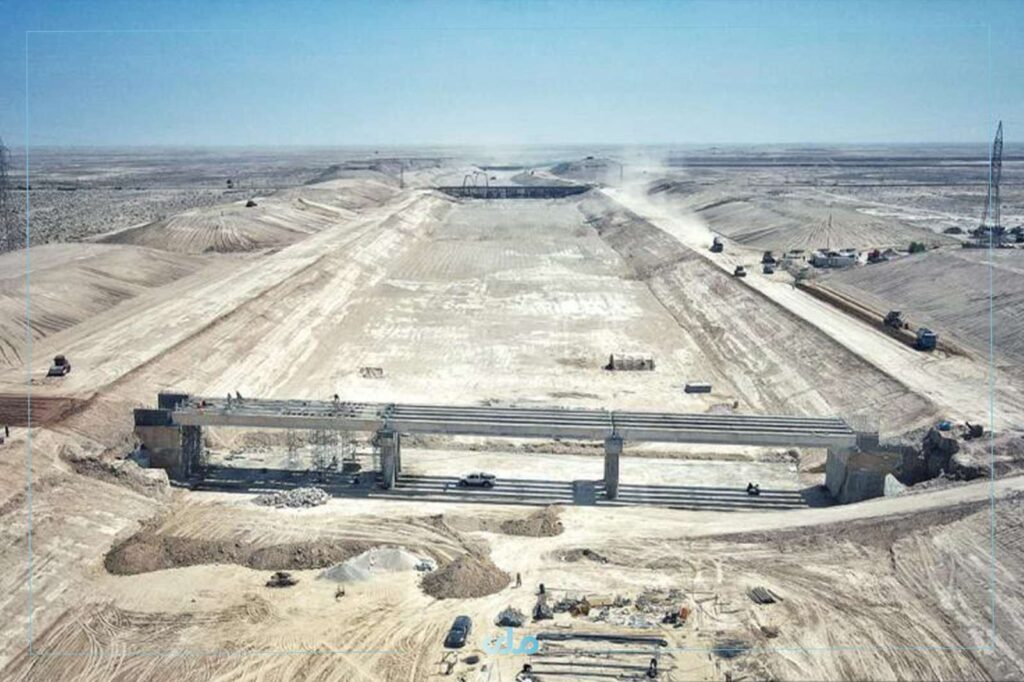Uzbek Minister: Afghans Have the Right to Amu Darya Water Too
The construction of the Qosh Tepa Canal in northern Afghanistan has attracted growing attention from neighboring countries, particularly Uzbekistan. The ambitious project, initiated by the Taliban to divert water from the Amu Darya River, is expected to be completed by 2028. Uzbekistan’s Minister of Water Resources, Shavkat Khamraev, addressed the issue during a public meeting on March 18, according to Gazeta.uz. When asked about the canal’s potential impact on Uzbekistan, Khamraev emphasized that Afghanistan has a legitimate right to access the Amu Darya’s waters. He dismissed speculation that the project represents a hostile act, urging a focus on diplomacy and cooperation. “Afghans are our relatives. They also have the right to take water from the Amu Darya. Should we take up arms and fight? No, we are building better relations,” said Khamraev. He urged the public not to be swayed by rumors or misinformation, comparing such speculation to gossip that turns neighbors against each other. Khamraev also noted that he had visited Afghanistan multiple times recently and was warmly received, which he sees as a sign of improving bilateral relations. Rising Concerns About Regional Water Security Despite the minister’s reassurances, experts warn that the canal could exacerbate water shortages across Central Asia. Over 80% of the region’s water resources are used for agriculture, but nearly 40% is lost due to outdated and inefficient infrastructure. If water availability from the Amu Darya decreases, greater pressure may be placed on the Syr Darya River, potentially deepening existing water disputes. Strategic and Geopolitical Implications The canal project has also drawn attention from international observers. A report by the Center for the National Interest, a Washington, D.C.-based think tank, suggests that the United States could leverage the project to expand its influence in the region. Stretching 287 kilometers with a depth of 8.5 meters and a width of 100 meters, the Qosh Tepa Canal aims to irrigate over 1.2 million acres of farmland and create approximately 200,000 jobs in Afghanistan’s northern provinces. As construction progresses, the canal’s environmental, political, and economic impacts are likely to remain a key topic in regional diplomacy.

